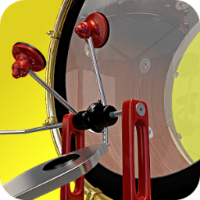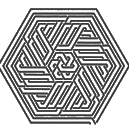Forums
-
General
-
- 26.3k
- posts
-
- 2.1k
- posts
-
- 1.6k
- posts
-
- 417
- posts
-
-
Houdini
-
- 64.6k
- posts
-
- 48.5k
- posts
-
- 12.2k
- posts
-
- 4.9k
- posts
-
- 15k
- posts
-
- 1k
- posts
-
- 687
- posts
-
- 647
- posts
-
-
Coders Corner
-
- 6.3k
- posts
-
- 13.2k
- posts
-
- 4.8k
- posts
-
-
Art and Challenges
-
- 3.4k
- posts
-
- Vellum snow
- By tamagochy,
-
- 9.8k
- posts
-
- 572
- posts
-
- 296
- posts
-
-
Systems and Other Applications
-
- 1.6k
- posts
-
- 1.5k
- posts
-
- 2.1k
- posts
-
- 413
- posts
-
-
od|force
-
- 1.5k
- posts
-
-
Who's Online 9 Members, 0 Anonymous, 101 Guests (See full list)
-
Member Statistics
-
Forum Statistics
45.4k
Total Topics228.5k
Total Posts



.thumb.jpg.355d623024083e796586bab6cb60760c.jpg)




